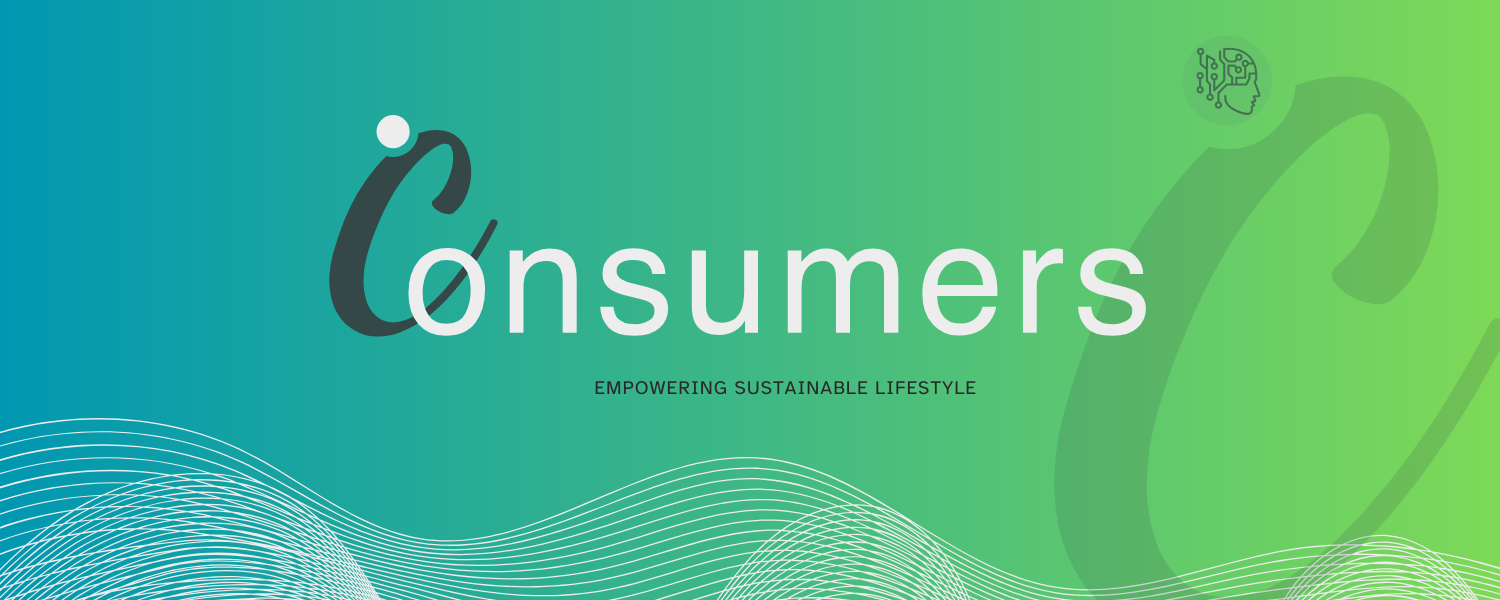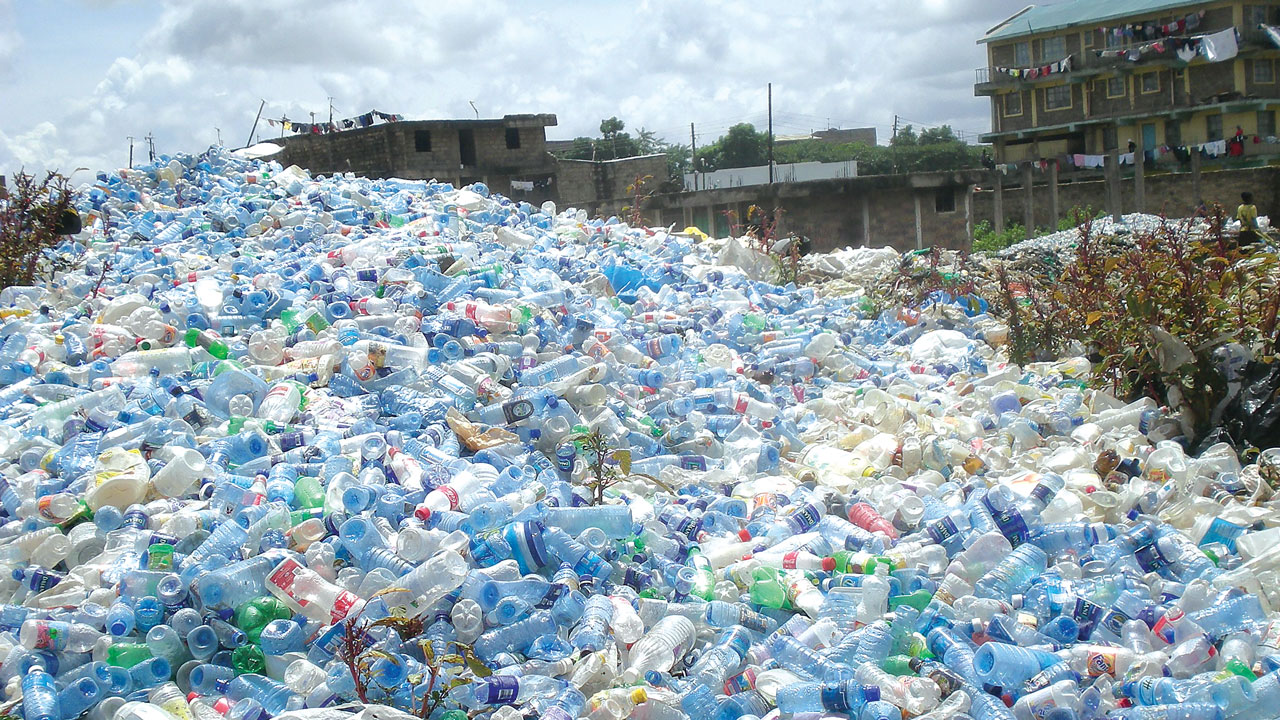Summary
Materia Rinnovabile https://renewablematter.eu/codice-etico-materia-rinnovabile
Europe is awaiting a new strategy for the bioeconomy. According to a number of sources at Renewable Matter, a draft document is expected to be submitted at the end of November in Copenhagen, Denmark, holding the current…
Source: Materia Rinnovabile | Renewable Matter

AI News Q&A (Free Content)
Q1: What are the key elements of the EU's updated Bioeconomy Strategy as of 2023, and how does it aim to address sustainability?
A1: The EU's updated Bioeconomy Strategy focuses on sustainability, circularity, and cross-sectorial collaboration. It emphasizes strengthening bio-based sectors, deploying local bioeconomies, and understanding ecological boundaries. The strategy includes 14 actions designed to guide a sustainable and fair transition, and it integrates bioeconomy policies with other relevant policies to ensure a holistic approach. This strategy is part of the EU's broader goals of the European Green Deal and aims to enhance economic resilience while achieving environmental targets.
Q2: How does the EU Bioeconomy Strategy contribute to the European Green Deal?
A2: The EU Bioeconomy Strategy supports the European Green Deal by promoting a sustainable bioeconomy that reduces dependence on non-renewable resources and mitigates climate change. It focuses on managing natural resources sustainably, ensuring food and nutrition security, and strengthening European competitiveness. The strategy encompasses various sectors to ensure policy coherence and synergy, contributing to the EU's transition toward a net-zero economy.
Q3: What challenges are associated with measuring the economic contributions of the bioeconomy, according to recent scholarly research?
A3: Recent research highlights challenges in measuring the bioeconomy's economic contributions due to the lack of a clear, widely accepted definition. The measurement often relies on biomass-based concepts and traditional macroeconomic models, which may not fully capture the holistic nature of the bioeconomy. There is a need for improved methods and indicators to accurately reflect the bioeconomy's diverse impacts across sectors.
Q4: How has economic integration within the European bioeconomy evolved in recent years?
A4: Economic integration within the European bioeconomy has faced fluctuations, particularly following the 2009 economic crisis. Studies using international value-added networks have shown that Europe's economic integration index declined sharply post-crisis but later recovered. Despite this, the index has fluctuated, reflecting the impact of regional trade and global value chains.
Q5: What role does artificial intelligence play in advancing the circular bioeconomy, particularly in sustainable probiotic production?
A5: Artificial intelligence plays a significant role in advancing the circular bioeconomy by optimizing sustainable production processes. For example, AI has been used to enhance the production of probiotics like Bifidobacterium animalis through the optimization of culture media using agricultural waste. This approach improves efficiency, reduces costs, and promotes the valorization of waste materials, contributing to a more sustainable bioeconomy.
Q6: What are the potential health impacts of a circular bioeconomy, and how are they being addressed?
A6: The circular bioeconomy can impact health positively by reducing reliance on harmful chemicals and promoting sustainable resource use. However, it also requires careful assessment to address potential risks associated with new bio-based products. Current efforts focus on ensuring safety through rigorous testing and regulatory frameworks that prioritize health and environmental protection.
Q7: What are the expected outcomes of integrating the bioeconomy with regional and rural development policies in Europe?
A7: Integrating the bioeconomy with regional and rural development policies aims to boost economic growth, enhance sustainability, and improve knowledge transfer to less developed areas. This integration is expected to create jobs, promote innovation, and provide a framework for sustainable practices that align with local ecological and economic conditions, thereby strengthening regional resilience.
References:
- Published: 2024-03-13
- Title: Measuring the bioeconomy economically: exploring the connections between concepts, methods, data, indicators and their limitations
- Published: 2021-03-15
- Title: Regional economic integration via detection of circular flow in international value-added network
- Published: 2025-11-01
- Title: Sustainable probiotic production via AI: medium optimization and metabolic mechanisms in ssp. BB-12 using agricultural waste.





